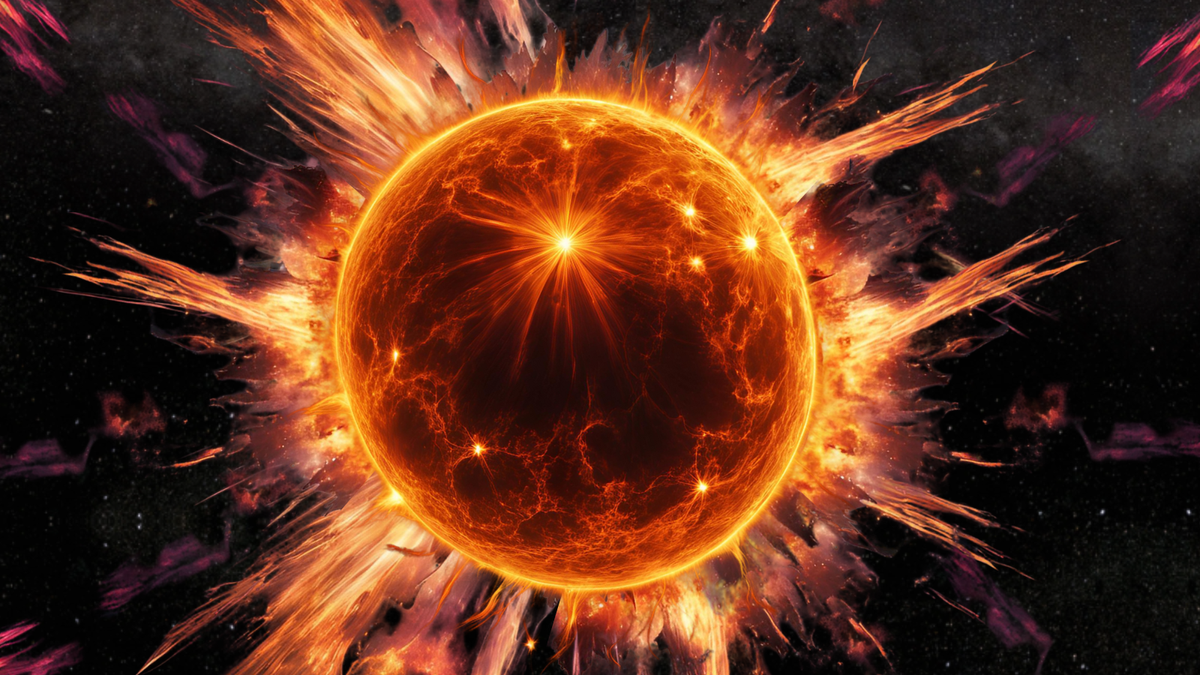Now Reading: Massive Stars Shed Matter Before Becoming Black Holes
-
01
Massive Stars Shed Matter Before Becoming Black Holes
Massive Stars Shed Matter Before Becoming Black Holes

Fast Summary
- Recent studies suggest that very massive stars, over 100 times the mass of the Sun, eject much more material into space through powerful stellar winds than previously estimated.
- These winds are strong enough to strip away outer layers and prevent cooling during late stages of these stars’ lives.
- The findings help explain observations of Wolf-Rayet (WNh) stars in the Tarantula Nebula, which remain hot despite aging.
- Researchers used updated models incorporating stronger stellar winds to match observations and revise previous theoretical limits on star masses.
- Massive stars like R136a1 (230 times solar mass) may originate either as single enormous entities or via mergers between binary systems.
- Stronger stellar winds impact black hole formation, suggesting smaller black holes and reducing likelihood for intermediate-mass black holes.
- This research also aligns with detected gravitational waves originating from merging binary black hole systems with both components being highly massive.
Images featured: Illustrations showing massive star ejections,Tarantula Nebula visuals,star size comparison graphics,and depictions of binary black hole collisions emitting gravitational waves.
Indian Opinion Analysis
The study underscores the importance of refining astrophysical models to align theory with observation. For India’s growing space program and astronomical research initiatives like AstroSat and partnerships in global observatories (SKA Observatory),advancements such as these offer critical insights into cosmic phenomena governing star evolution and their ripple effects on universal matter distribution.
Understanding stellar wind mechanics also enhances predictive frameworks for black hole formations-areas integral to upcoming gravitational wave detection missions where Indian institutions actively contribute under LIGO collaborations.Bridging theoretical gaps could amplify India’s role in pioneering new-generation astrophysics tools while supporting broader international scientific endeavors.
These findings remind us that even seemingly esoteric science has profound implications for humanity’s grasp on origins-elements crucial for future knowledge economies where nations like India aim to compete globally.























